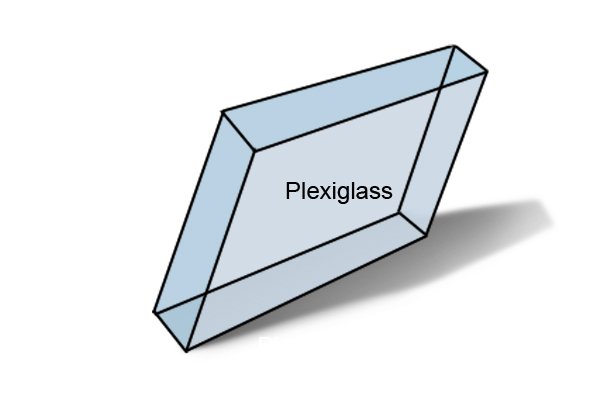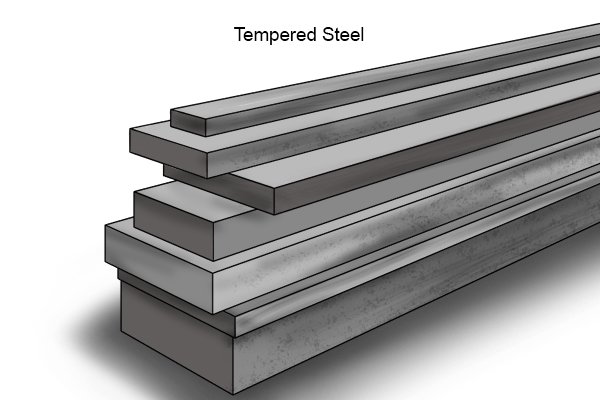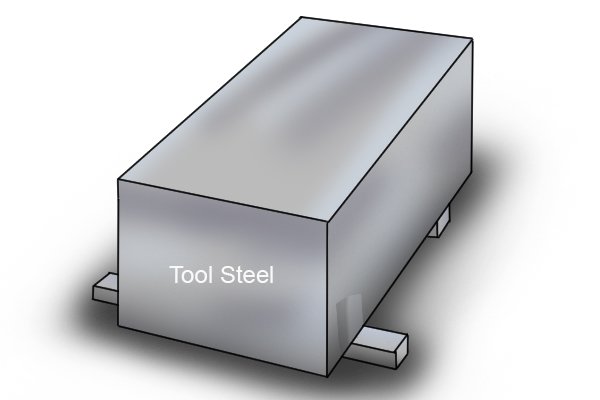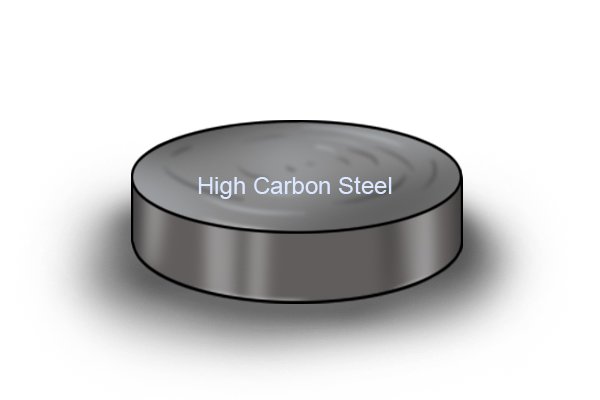 |
ADVANTAGES | DISADVANTAGES | ||||||
|
|
|||||||
Plexiglass |
||||
 |
Plexiglass is made from acrylic plastic acid. It is half the weight of glass and impact resistant to temperatures from -34 degrees Celsius to 71 degrees C. | |||
| ADVANTAGES | DISADVANTAGES | |||||||
 |
|
|
||||||
Tempered steel |
||||
 |
Tempering is the process of reheating tool steel in order to improve the metal’s toughness. This reheating is done at a low temperature range, usually from 148 to 593 degrees C. | |||
| ADVANTAGES | DISADVANTAGES | |||||||
 |
|
|
||||||
Tool steel |
||||
 |
Tool steels are made under controlled conditions which make them distinctively hard and resistant to abrasion. Tool steel has a carbon content between 0.7% and 1.5%. | |||
| ADVANTAGES | DISADVANTAGES | |||||||
 |
|
|
||||||









